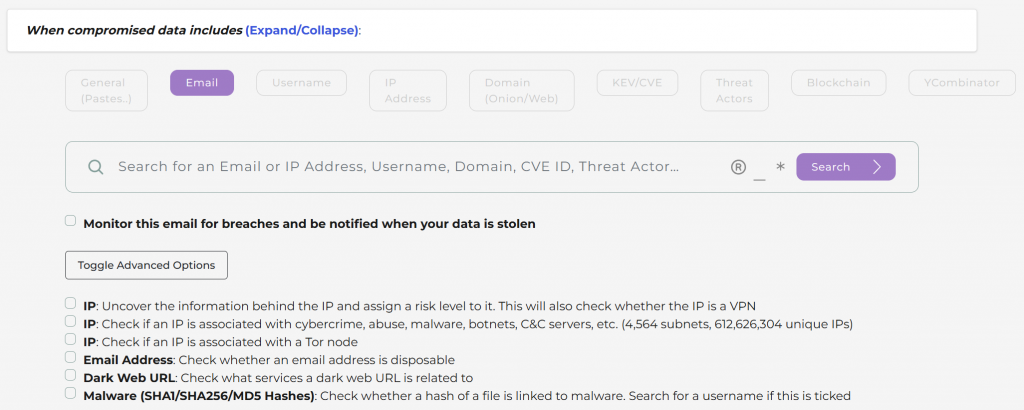Understand the internals of an XSS script and Cross-Site Scripting.
An XSS script attacking a website is something that no developer wants to see. However, such things happen: according to OWASP, XSS was part of its listing in 2013, and 2017 as well. 2021 got rid of the XSS script attack vector, but nonetheless, Cross-Site Scripting remains to be one of the most prominent attacks on the Web & beyond.
What is Cross-Site Scripting?
Cross-Site Scripting, or XSS for short, is an attack directed towards applications that uses Javascript to create attack vectors. An application becomes vulnerable to Cross-site Scripting if it does not validate user input and either returns (reflective XSS) it back to the user, saves into itself (Type-0 XSS), or stores the XSS script in a storage facility (database.)
An XSS script will have one of three types. In other words, there are three types of Cross-site scripting: stored, reflected, or Type-0 XSS. All three are dangerous, but exactly which XSS script will harm your website depends on the security issue in question.
Internals of an XSS Script and Data Breach Search Engines
An XSS script is a malicious code snippet, often written in Javascript, that is inserted into applications and/or web pages by attackers to execute harmful actions when unsuspecting users visit the application or website. The internals of a Cross-site scripting payload may take various forms. The XSS script payloads depicted below may be used to probe whether an application or a website is susceptible to an XSS attack in the first place:
| XSS Payload | Explanation |
<script>alert(0)</script> | If successful, such an XSS script payload will “pop” an alert on your screen saying “0.” Such XSS payloads are used to probe for XSS attacks. |
javascript:alert(document.domain) | Such or similar XSS script payloads will provide an alert with the current name of the current document. |
// # “><svg/onload=prompt(1)> | Such an XSS script will return an alert (prompt) saying “1.” |
Actual attacks may redirect users to a website, steal their session cookies, etc.
Beyond Cross-site Scripting: Data Breach Search Engines
Attack vectors exploiting XSS vulnerabilities can lead to significant data breaches, which may be indexed by data breach search engines. Some of such data breach search engines may make sensitive information publicly accessible, while data breach search engines operating on the legal end of the spectrum may not make any information available, but regardless, the problem persists.
Stolen information often makes its way into data breach search engines and can pave the way for various attacks to come. To protect yourself from such attacks, ensure that if you’re developing applications, all input fields are sanitized before being provided to any users, and if you’re using applications or websites, use unique and strong passwords for all applications you may have an account on.
To protect yourself from attacks like Cross-site Scripting, Cross-site Request Forgery, SQL injection and others, consider using data breach search engines like BreachDirectory.com. Data breach search engines like BreachDirectory.com will help you see if your data has been stolen in any data breach while also helping you perform a wide variety of investigative activities on email addresses, usernames, Blockchain or IP addresses, or other data classes:

Give BreachDirectory a whirl today, and until next time!
Summary
Cross-site scripting is an attack targeting applications that uses Javascript to create attack vectors. An application becomes vulnerable to Cross-site Scripting if it does not validate user input and either returns (reflective XSS) it back to the user, saves into itself (Type-0 XSS), or stores the malicious script in a storage facility (database.)
To protect against the consequences of Cross-site Scripting, validate and sanitize inputs (PHP has htmlspecialchars and htmlentities that turn HTML characters into corresponding HTML entities (e.g. “<” into “<”, etc.), other programming languages have similar functions.
Learn more about Cross-site Scripting (XSS) here:
FAQ
What is Cross-Site Scripting?
Cross-Site Scripting (XSS) is a security vulnerability that allows a nefarious party to inject scripts of a malicious nature into websites or applications. Once visitors visit these pages, the malicious code executes in their browsers and steals sensitive data, hijacks their sessions, and/or performs other malicious actions.
Are All XSS Script Attacks the Same?
No, not every XSS script is the same: there are several types of XSS: stored, reflected, and DOM-based XSS with each coming with different attack vectors and mitigation strategies.
How Can I Protect My Application From an XSS Script?
To protect applications from XSS script vectors, utilize input validation, output encoding, Content Security Policy (CSP) directives, and ensure the software in use is regularly updated.
